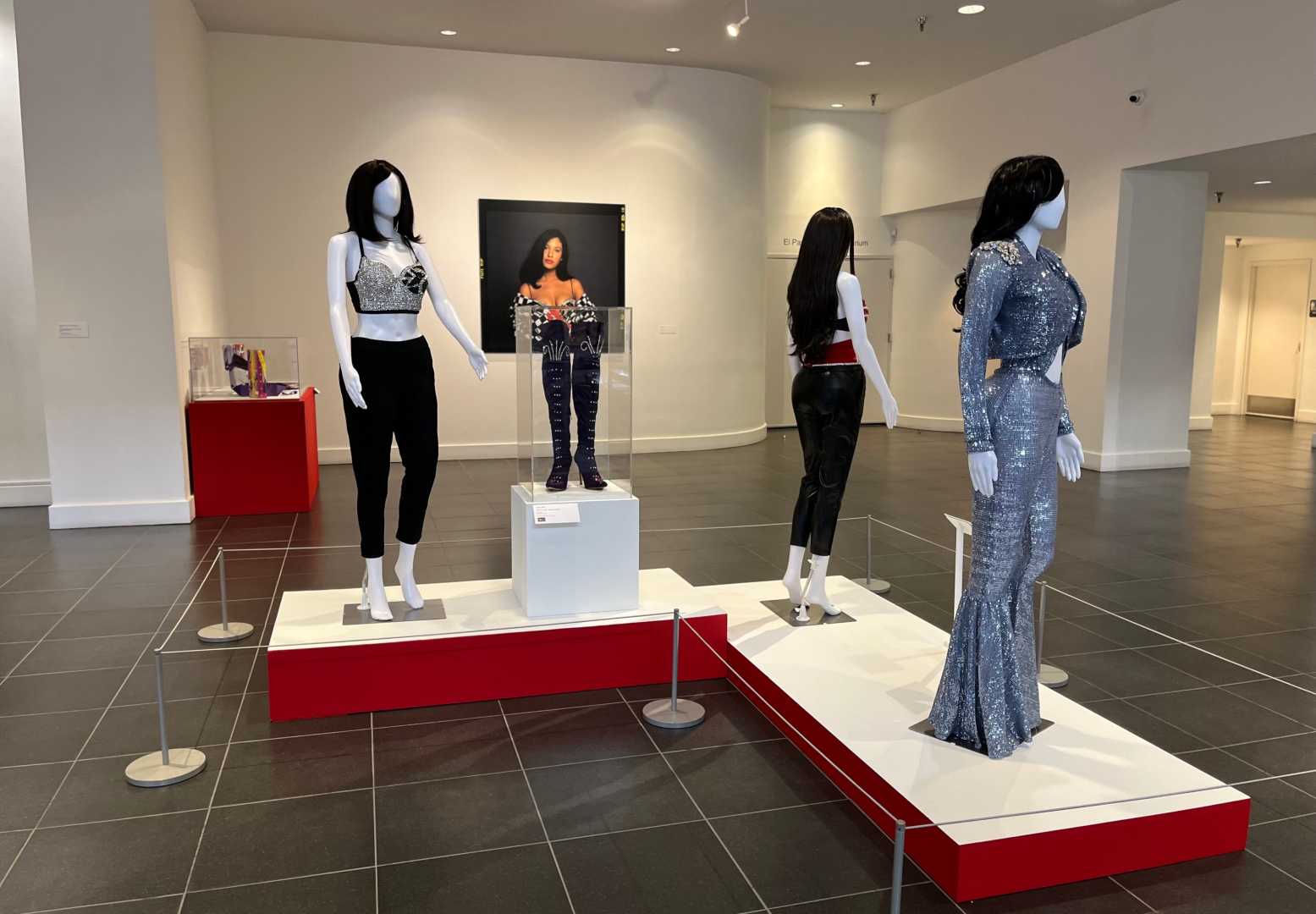Entertainment
Selena’s Legacy Lives On 30 Years After Her Tragic Death

Corpus Christi, Texas – This March 31 marks the 30th anniversary of the murder of Selena Quintanilla-Pérez, a cultural icon and Queen of Tejano Music. The popular singer was killed at age 23 by Yolanda Saldívar, the former president of her fan club and manager of her fashion boutiques, in a motel room in Corpus Christi.
The Selena Quintanilla-Pérez museum, located in this majority-Hispanic city on the Gulf of Mexico, serves as a repository of memorabilia honoring the artist’s legacy. The museum features hundreds of portraits, Selena’s distinctive red Porsche, her collection of Fabergé eggs, and numerous awards, including her gold and platinum records.
On March 20, a few fans visiting the museum from Montana and Michigan reflected on Selena’s impact, remarking, “There’s no need to remember what happened; everyone knows, and it still hurts for many of us.”
As the anniversary approaches, it coincides with the decision of the Texas Board of Pardons to deny Saldívar’s parole request last Thursday, emphasizing her continued threat to public safety. Saldívar will remain incarcerated until at least 2030, when she can apply for another review.
A Houston judge sentenced Saldívar to life in prison in 1995 following a trial that received widespread media attention. She was found guilty of first-degree murder after shooting Selena, and the jury deliberated for just over two hours. Mark Skurka, the prosecutor from the case, shared details of Saldívar’s confession, stating she never claimed the shooting was an accident. “She was angry with Selena and terrified of losing her,” Skurka explained.
The psychological distress surrounding Selena’s untimely death remains palpable within the community, as Saldívar’s legal battles continue to overshadow the music star’s enduring legacy. Following the parole board’s ruling, Suzette Quintanilla, Selena’s sister, expressed the family’s relief through an Instagram post, stating, “This decision reaffirms that justice continues to defend the beautiful life that was taken from us.”
The disagreements over Selena’s legacy also mirror the complex dynamics regarding the management of her memory, particularly as her family holds tightly to her narrative. Abraham Quintanilla, Selena’s father, wrote in his memoir that he fears Saldívar would have sought to kill him as well if she hadn’t been apprehended quickly.
Following Selena’s murder, a plethora of conspiracy theories emerged, including rumors about her alleged pregnancy and the nature of medical treatment she received post-shooting. These rumors flourished in the aftermath of her death, reflecting the immense outpouring of grief felt throughout the Latino community.
Experts continue to analyze Selena’s cultural impact, highlighting her role as a symbol of bicultural identity. Guadalupe San Miguel, a professor from the University of Houston, elaborated on Selena’s legacy, stating, “She broke many barriers and changed the Tejano genre completely,” adding that her passing marked the undeniable decline of Tex-Mex music.
Selena’s cultural influence persists in contemporary society, demonstrated by the numerous projects dedicated to her memory. Despite her tragic ending, her contributions have continued to inspire new generations, often being celebrated in festivals and tributes across the country.
Last week, crowds gathered in Corpus Christi, witnessing the continual pilgrimage to key locations that highlight Selena’s life. Fans visit the museum, murals, and her grave, affirming the singer’s iconic status within the Mexican-American community.
As Selena remains a figure of beauty, strength, and cultural pride, her music continues to resonate, bolstered by a contemporary wave of interest propelled by social media and retrospectives. The songs encapsulate pride, resilience, and a longing for lost potential, making Selena much more than a memory—she is a living legacy.












